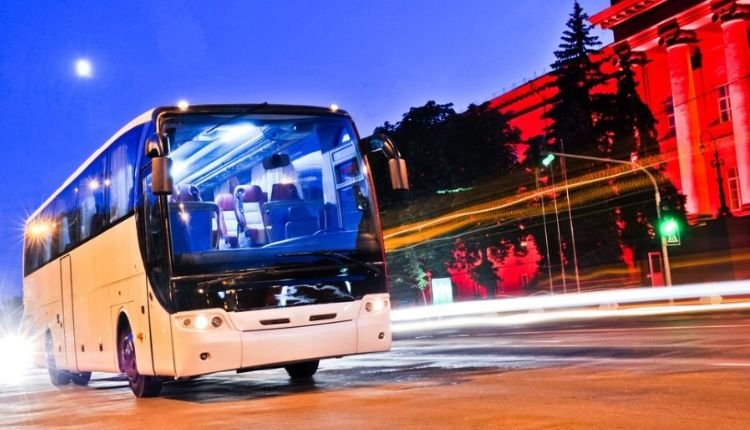Organizing group travel often comes with tough decisions about logistics, comfort, and cost. Whether it’s for a school field trip, corporate retreat, sports event, or family reunion, the choice of transportation can set the tone for the entire journey. Many planners consider planes, trains, or a fleet of rental vans, but one option stands out for its balance of convenience and affordability: the charter bus. By weighing its benefits against other transportation methods, organizers can better determine which option makes the most sense for their group.
One of the most obvious advantages of a charter bus is cost savings. Air travel, while fast, can be prohibitively expensive when booking for dozens of people, especially when factoring in baggage fees and airport transfers. Trains, though sometimes more affordable, often come with limited routes and rigid schedules that don’t align with the needs of every group. Rental vans may initially seem cheaper, but once insurance, fuel, and the stress of multiple drivers are considered, the costs add up quickly. A charter bus provides a single, predictable rate that covers transportation for the entire group in one vehicle, making budgeting straightforward.
Convenience is another major factor. Unlike trains or flights, a charter bus allows groups to set their own departure times, stops, and routes. This flexibility means organizers can plan rest breaks, sightseeing stops, or meal breaks that fit their schedule, not one imposed by a transit authority. With rental vans, coordinating multiple vehicles can be a logistical headache, as drivers may get separated, delayed, or lost. With a bus, everyone arrives together and on time, with no need for constant communication between drivers.
Comfort also plays an important role in group travel decisions. Modern charter buses often feature reclining seats, climate control, restrooms, Wi-Fi, and entertainment systems. In contrast, rental vans can feel cramped during long journeys, and trains or planes may not guarantee that a group can sit together. A charter bus ensures that the group shares the same space, fostering camaraderie and making the trip more enjoyable.
Safety is another area where buses hold an advantage. Professional drivers are trained, licensed, and experienced in managing large vehicles under a wide range of road conditions. This takes the pressure off group leaders, who would otherwise be responsible for driving or coordinating multiple drivers. Compared to the unpredictability of managing vans or cars, a professional-operated bus offers peace of mind.
Finally, sustainability is becoming an increasingly important consideration. A single bus carrying 40 or more passengers uses less fuel per person than multiple cars or vans, making it one of the greener travel options available. For organizations with sustainability goals, this is a strong point in favor of charter buses.
In summary, while trains, planes, and vans each have their place, a charter bus offers a unique blend of affordability, flexibility, comfort, and safety. For groups that want to simplify logistics while keeping costs manageable, the bus often proves to be the smartest and most reliable choice.

